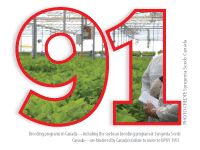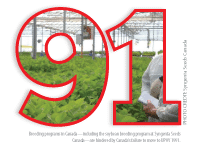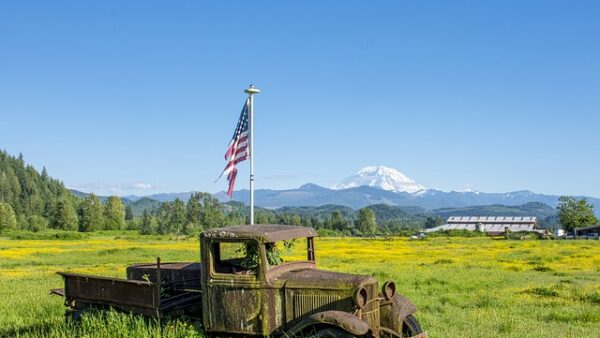
Townsend says royalties present one area of misinformation surrounding UPOV 1991. Producers believe the new convention will allow breeders to collect royalties on both seed and harvested material, but this is not the case. “A breeder cannot collect royalties on both the seed and the harvested material. It’s only when they have not had the opportunity to collect on the seed that they can collect on the harvested material,” she explains.
Townsend also notes that UPOV 1991 promotes further breeding by making it compulsory for breeders to share their protected material for the development of new varieties. UPOV 1978 does not include this provision.
However, the major concern producers have regarding UPOV 1991 is about farm-saved seed, she says. “They’re concerned that this ability will be taken away from them, but this is not the case. UPOV 1978 makes no mention of farmers’ ability to save production and use it as seed; whereas UPOV 1991 contains specific language permitting countries to allow farmers to save production for use as seed on their own farms,” says Townsend.
Townsend believes some farm organizations and producers don’t understand what is required to move to the new convention. “There’s been a lot of misinformation in the public about the potential impacts [of UPOV 1991], so there’s a lot of nervousness about making the change,” she says, noting that through its website, fact sheets and other material, the CSTA has been trying to address this misinformation. Seed companies must play a role in spreading that message as well.
“We’re not saying that farmers are going to lose the farm because we want plant breeders’ rights,” she says. “We’re saying that if farmers want new varieties and innovation in the Canadian plant agriculture industry, there needs to be a mechanism where funds can be generated for reinvestment.”
Moving Forward
The CSTA has been lobbying the government to comply with UPOV 1991. Townsend is confident that headway is being made with these efforts. “If you look at the outlines for the next generation of agricultural policy, there’s a strong focus on investment and innovation, so there does seem to be an improved way of thinking,” she says. “And I do believe that they now understand the need to create a better intellectual property environment.”
Along with other groups, the CSTA has taken the next step by developing amendments to the PBR Act. Townsend says they’re now determining the best time to approach departmental officials and policy-makers with the amendments.
To amend the PBR Act, a formal process has to be followed. A bill needs to be introduced and read in Parliament, debated in Parliament and must receive royal assent by the Governor General. Alice D’Anjou, spokesperson for the Canadian Food Inspection Agency, says a bill amending the PBR Act to ratify UPOV 1991 provisions was introduced into Parliament in 1999. However, Parliament was prorogued that year and, consequently, the proposed amendments to the Act were not passed.
From 2004 to 2005, the CFIA conducted a public consultation to verify that stakeholders continue to support any future changes to the PBR Act to reflect the UPOV 1991 provisions. Feedback confirmed that Canadian stakeholders generally support the amendments. Since that time, the CFIA has been working to assess the effect of ratifying UPOV 1991 on stakeholders.
Teresa Falk














